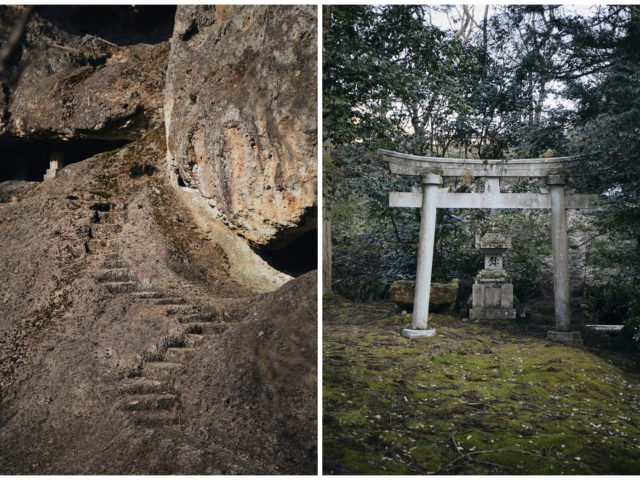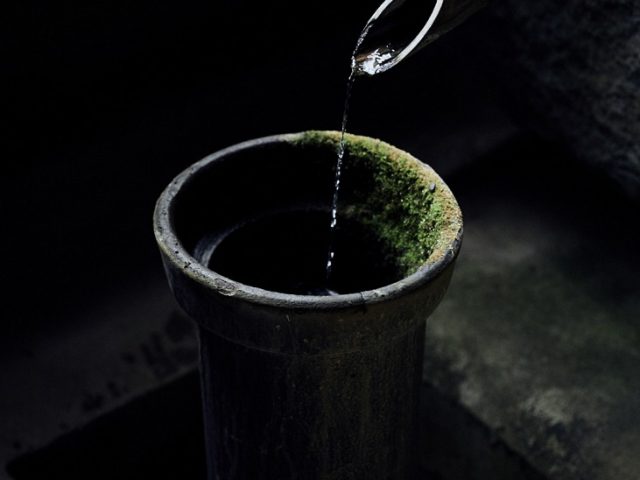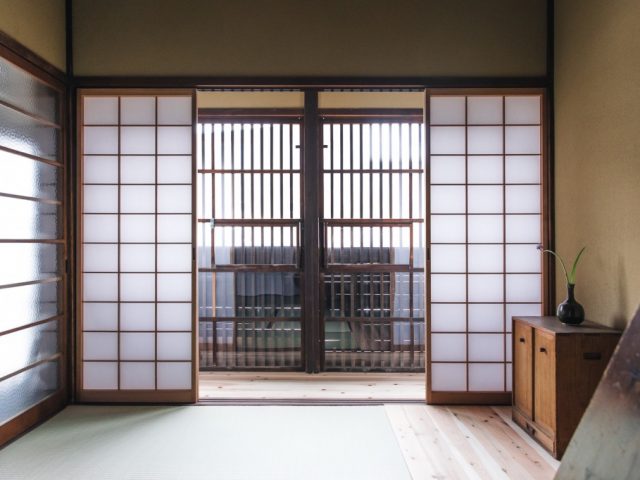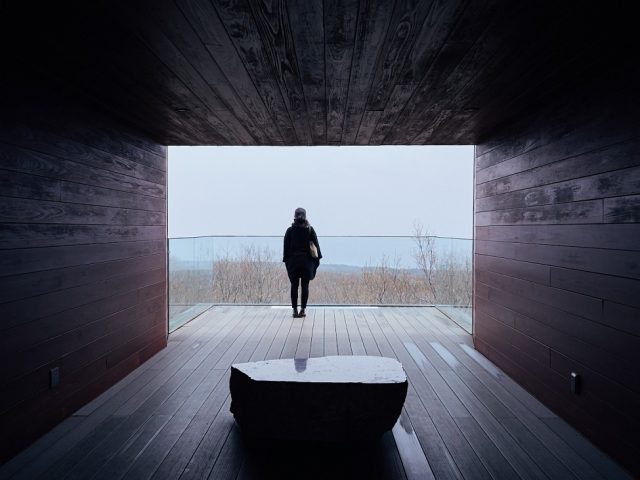White Road: Best Driving Route to Shirakawago
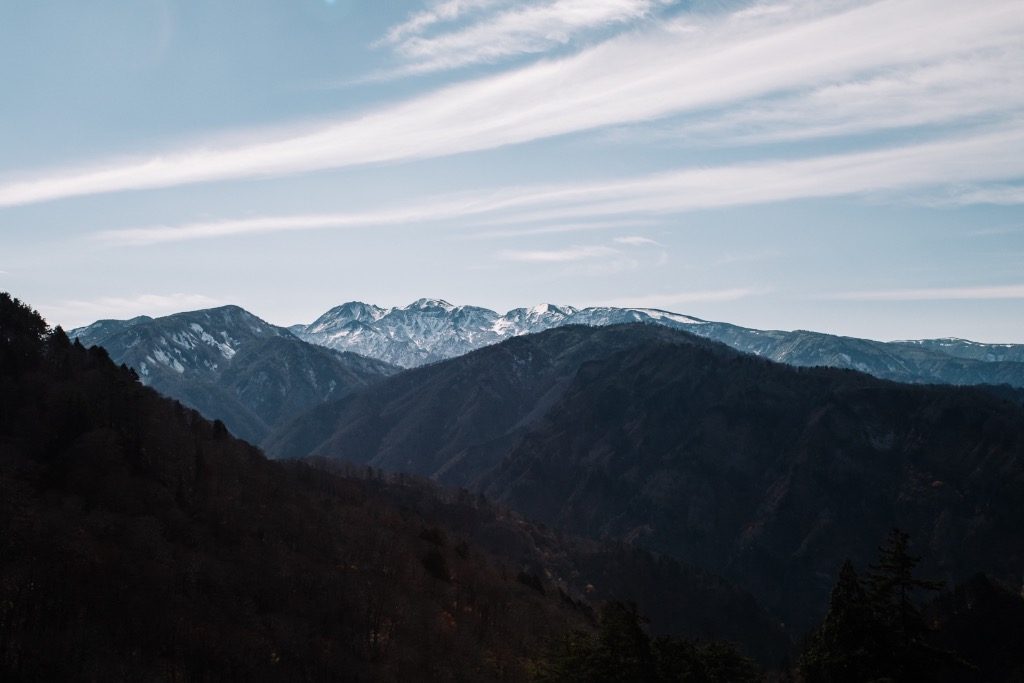
White Road
Autumn is coming. Mountains will turn yellow, orange and then red.
Japanese people love the autumn season as much as cherry blossom season. We even have forecasts for kōyō, the “reddening of leaves,” just like we do for sakura. Where we once lived huddled in an air-conditioned room, we’re finally free to be outdoors, to feel the crisp air and watch the world change colors.
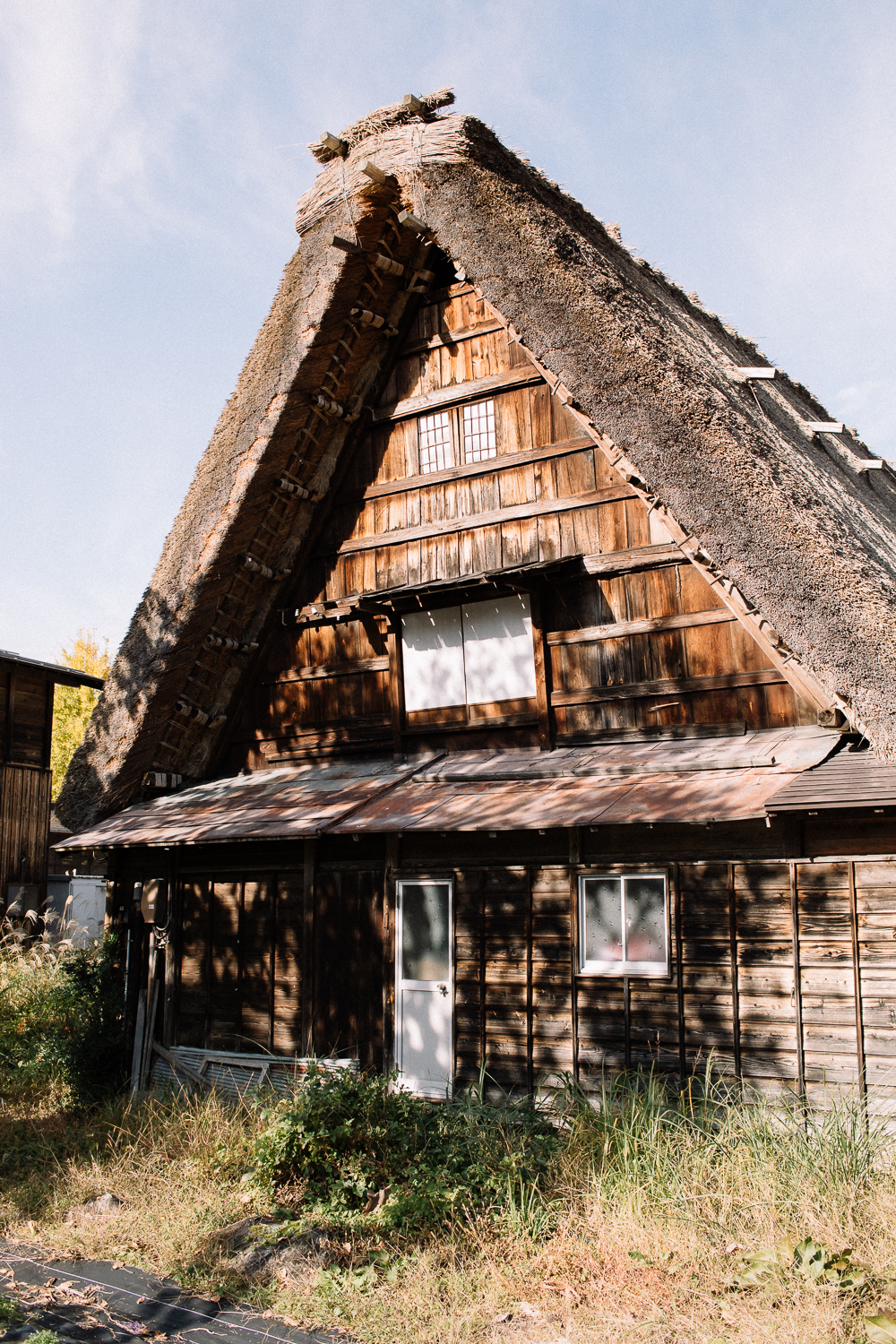
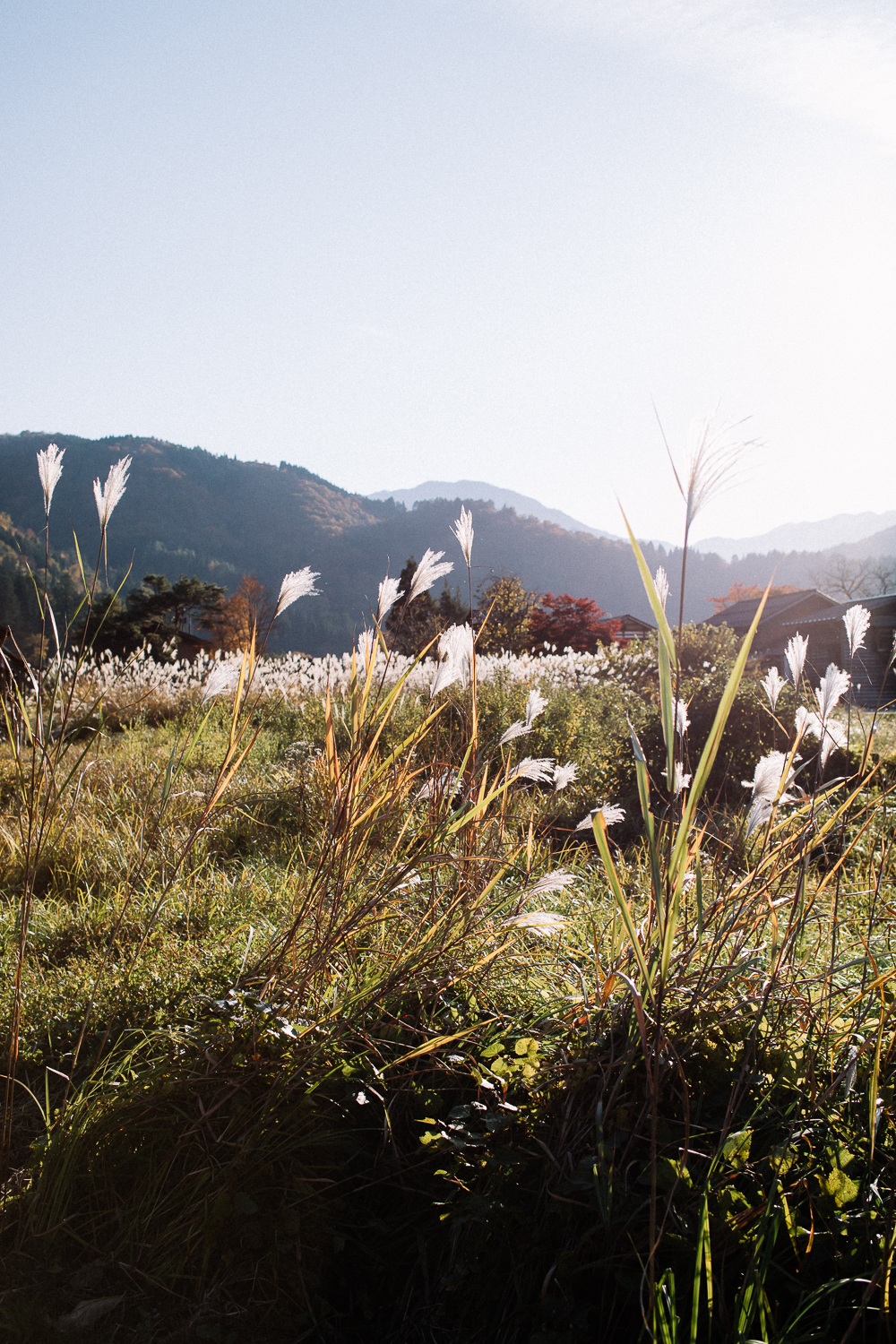
Anytime is an excellent time to visit Shirakawago. Most people expect to need one of the buses to get there. But I would like to recommend a better way to travel through the Japanese Alps in summer and fall:
…the White Road.
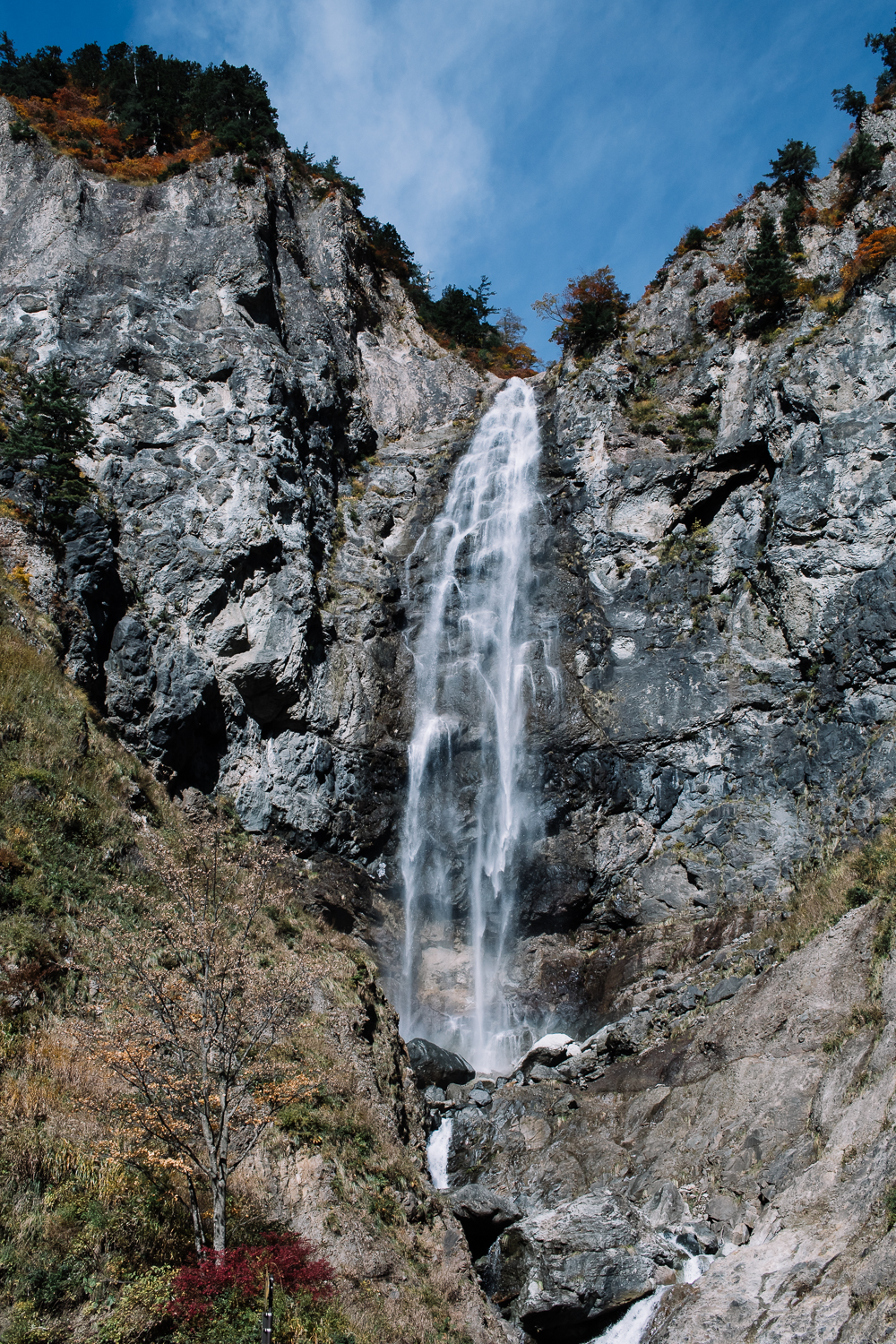
The White Road is the winding mountain drive that runs between Hakusan City just south of Kanazawa all the way to Shirakawago.
It’s only open from June to October, as the heavy Japanese snows keep it closed in winter and spring. It’s 33.3 km (almost 21 miles) long and takes one hour from Ishikawa Prefecture’s Chugu Toll to Gifu Prefecture’s Magari Toll.
There’s no shortage of photogenic waterfalls and observation spots along the way.
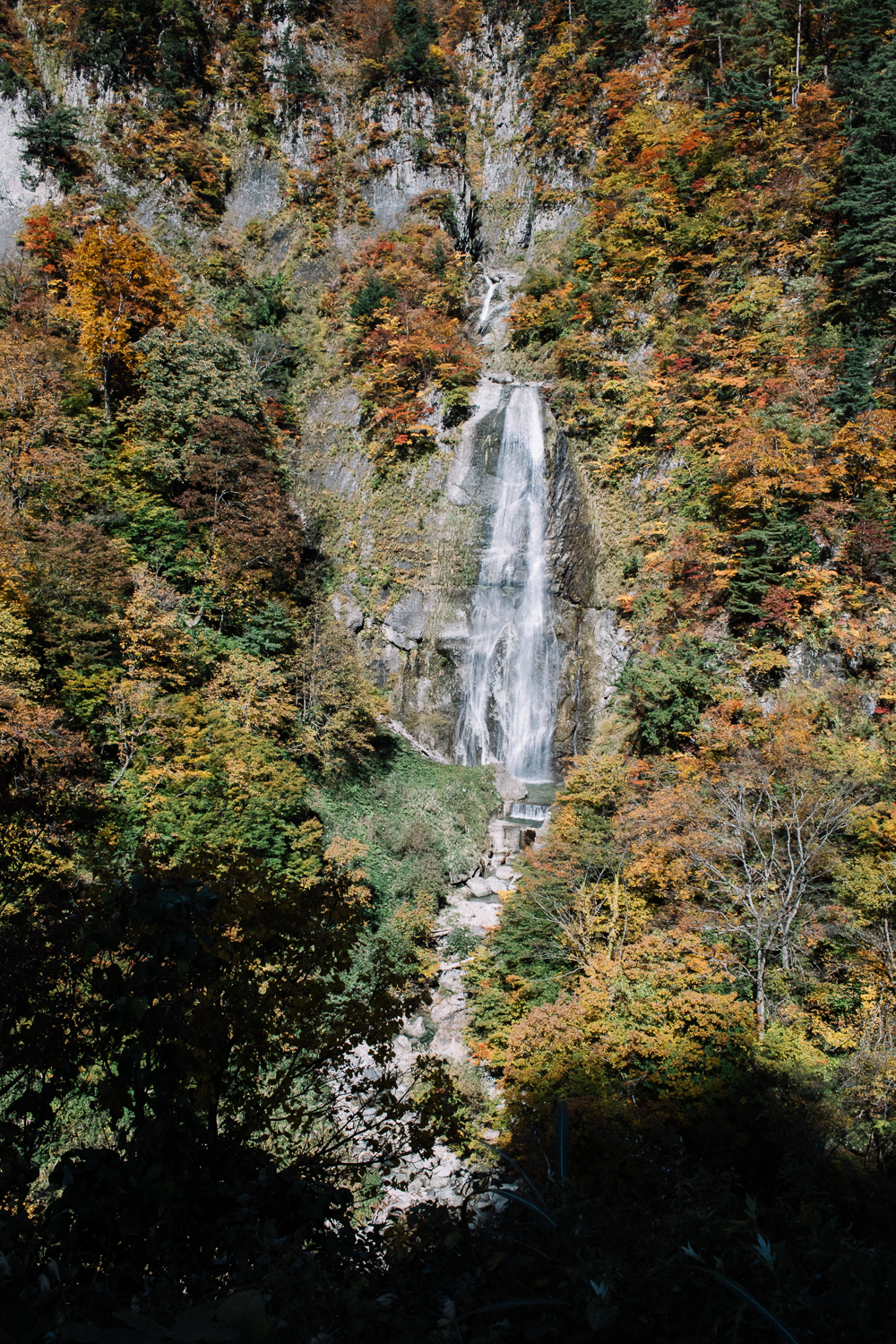
When the mountain reddens, our family checks the calendar, and we plan a drive at least once a year.
Our usual path is from the top of the mountain on the Ishikawa-facing side, stopping at Chugu Onsen before returning home the same day. All year we long to drive through the White Road. Yes, we’re nature lovers!
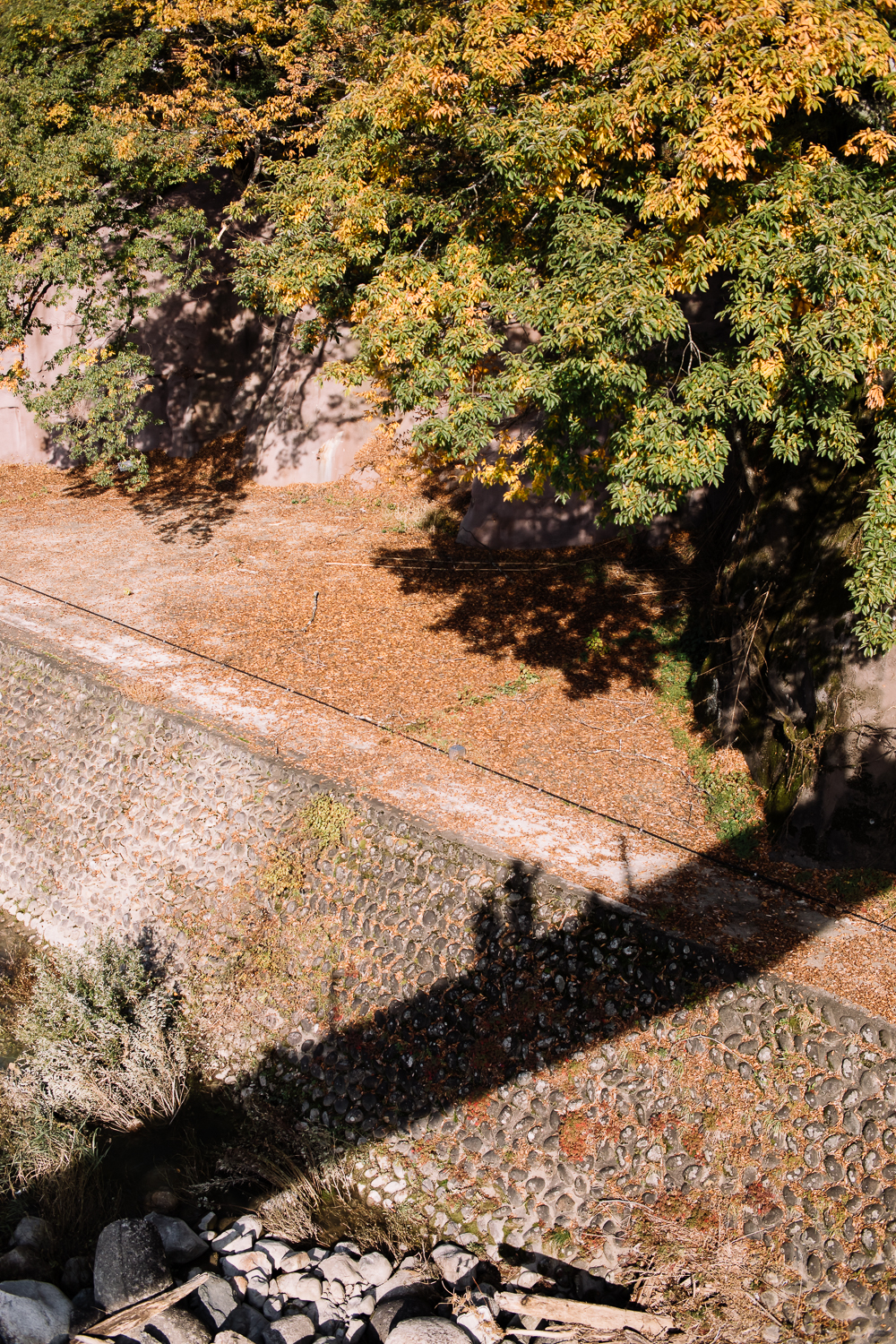
No car? No problem!
White Ring Co. offers package bus tours to and from Shirakawago and along the White Road. Prices start around 9,800 yen, and discounts are offered for younger passengers.
Chartered taxis are also available in Japanese only, starting at 14,000 yen.
Time for a road trip through the Japanese Alps!
Kaname Inn Tatemachi to Shirakawago via White Road: 2 hours, 15 minutes
Kaname Inn → Ishikawa Prefecture Chugu Toll: 1 hour
Chugu Toll → Gifu Prefecture Magari Toll: 1 hour
Magari Toll → Shirakawago: 15 minutes
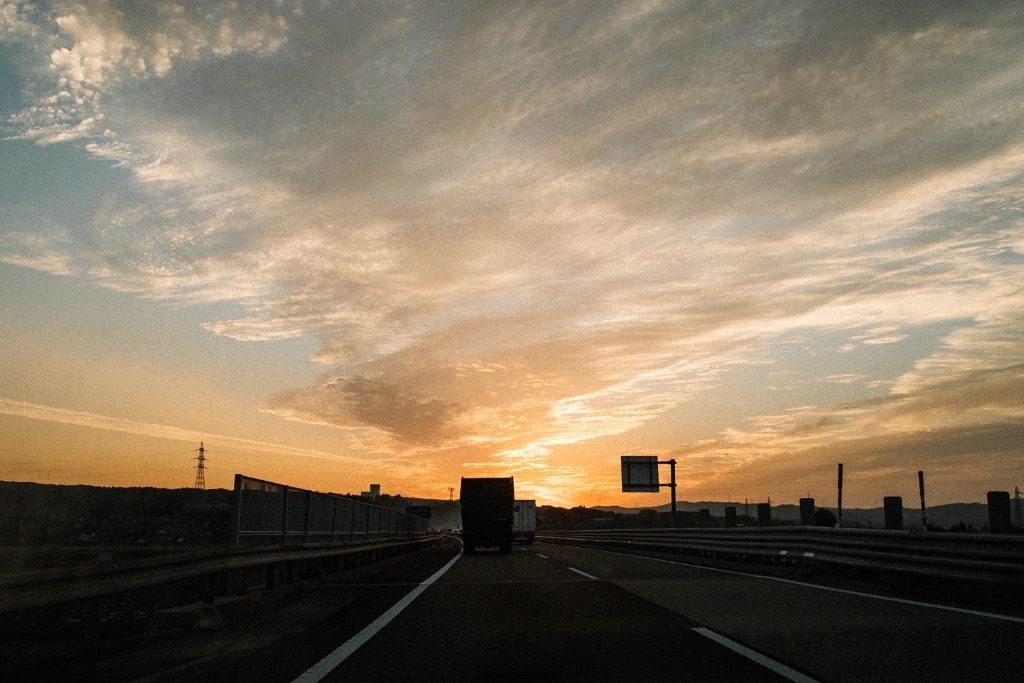
photos by Nik van der Giesen
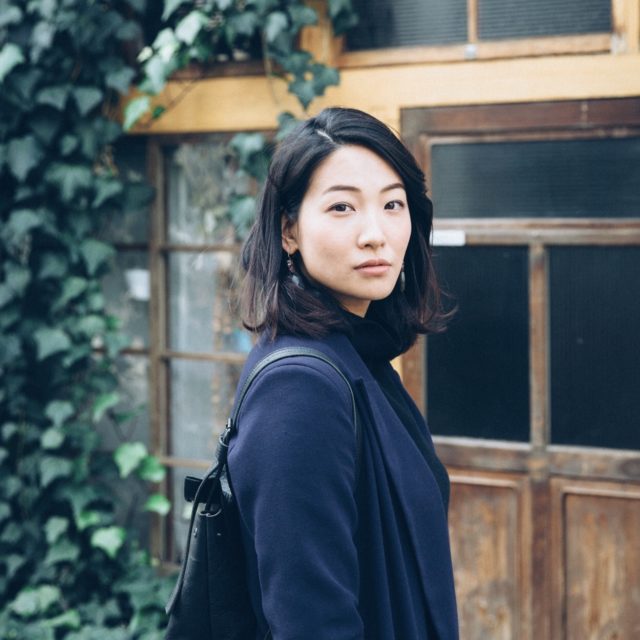
Nao can tell you anything you need to know about crafts, music and sake and was herself a singer in Tokyo for nine years. She is now living in a machiya, a kind of old Japanese townhouse, for her project, hitonoto. insta@yasutanao

